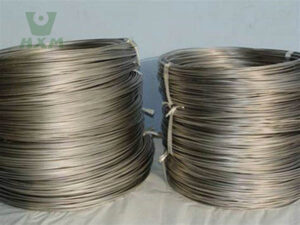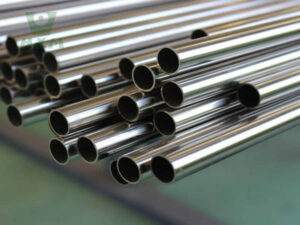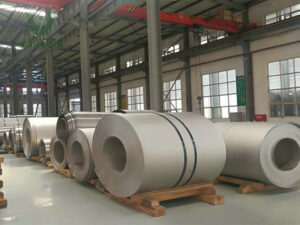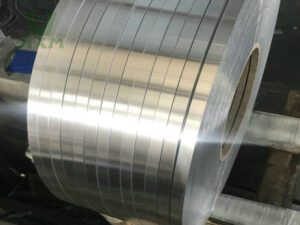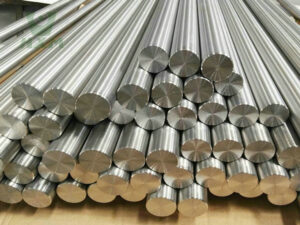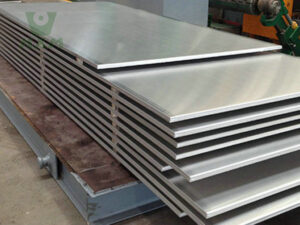Titanium and its alloys are renowned for their exceptional strength-to-weight ratio, corrosion resistance, and biocompatibility. Alpha Beta titanium alloys, also known as α+β titanium alloys, are a class of titanium alloys that contain both **alpha (α) and beta (β)** phases at room temperature.Huaxiao Metal Supplier provides the products for sale and the price is affordable, the services is good and special for every customers.
Their microstructure is a combination of these two phases, which directly influences their mechanical properties, corrosion resistance, and thermal stability. Here’s a detailed breakdown:
Overview of Alpha Beta Titanium Alloy
Titanium alloys are broadly classified into three categories based on their microstructure:
Alpha (α) Alloys: Composed primarily of alpha-phase stabilizers like aluminum and oxygen.
- Structure: Body-centered cubic (BCC) crystal lattice.
- Properties:
- High strength and good creep resistance.
- Ductility and toughness are moderate.
- Stable at low temperatures.
Beta (β) Alloys: Contain beta-phase stabilizers such as vanadium, molybdenum, and iron.
- Structure: Hexagonal close-packed (HCP) crystal lattice.
- Properties:
- Higher ductility and impact resistance.
- Superplasticity in certain conditions (e.g., Ti-5Al-5Nb).
- Less stable at room temperature but can be stabilized by alloying elements.
Alpha-Beta (α-β) Alloys: A combination of both alpha and beta stabilizers.
The melting temperature of titanium alloys varies depending on their composition, microstructure, and processing methods. Huaxiao Metal Supplier has the good titanium alloy in China, and the delivery is fast.
Alpha Stabilisers
Beta Stabilisers
Elements such as aluminum [Al], oxygen [O], and carbon [C] stabilize the α-phase (BCC) by lowering its phase transformation temperature. They increase α-phase content at room temperature, enhancing strength, corrosion resistance, and oxidation immunity. For example, Al in Ti-6Al-4V ensures a dominant α-phase matrix with lamellar β inclusions, balancing mechanical properties.
Elements like vanadium [V], niobium [Nb], and manganese [Mn] stabilize the β-phase (HCP) by expanding its solubility range. They raise the β-transus temperature, allowing β-phase retention at lower temperatures. Vanadium, for instance, in Ti-6Al-4V promotes high-temperature strength and martensitic transformation, while Nb enables superplasticity in alloys like Ti-5Al-5Nb.
Beta-Isomorphous Elements
Beta-Eutectoid Elements
These elements (e.g., molybdenum [Mo], niobium [Nb], tantalum [Ta]) form solid solutions in the β-phase without altering its crystal structure (BCC). They significantly increase the β-phase stability and raise the transformation temperature (e.g., β-transus). At high concentrations, they suppress α-phase formation, enabling tailored microstructures for enhanced strength and creep resistance.
Elements like niobium [Nb] and zirconium [Zr] induce eutectoid reactions in titanium alloys. They form a stable β-phase and promote the precipitation of a second phase (e.g., Nb-rich α₂ or ω phases) during cooling. This creates fine microstructures, improving hardness and fatigue resistance while maintaining ductility. These elements are critical in advanced alloys (e.g., Ti-Nb-Ta-Zr) for aerospace and biomedical applications.
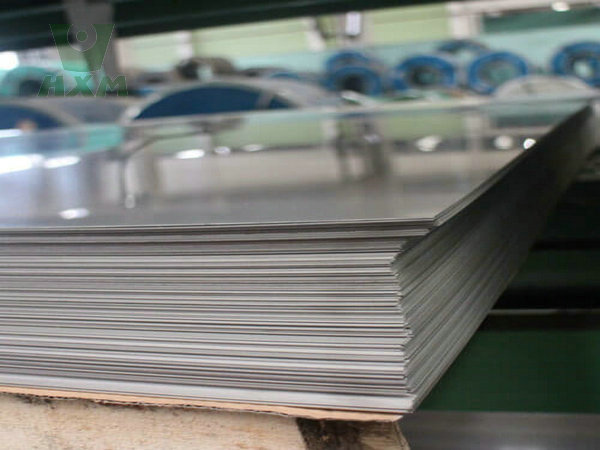
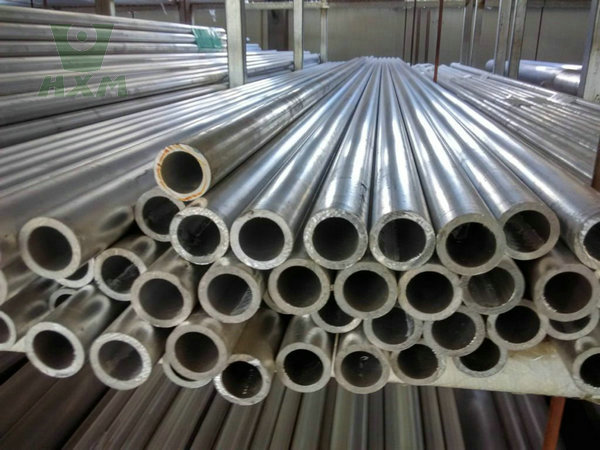
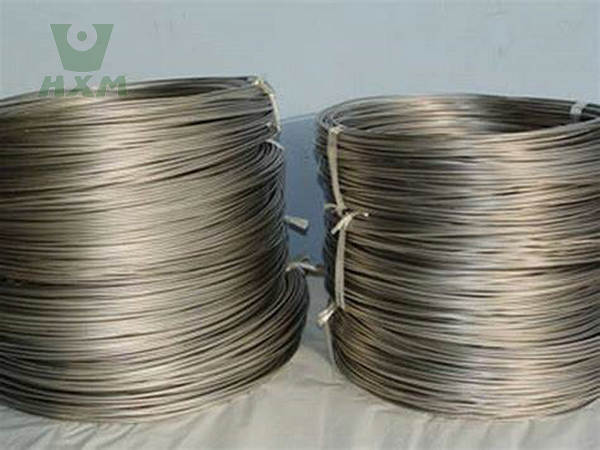
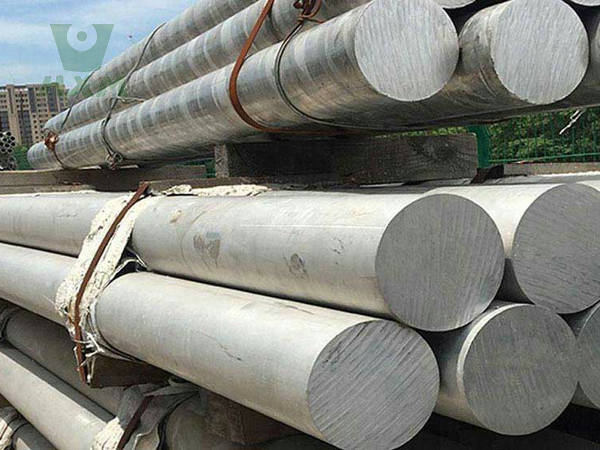
Microstructural Features
Huaxiao Metal Supplier provides the products for sale and the price is affordable, the services is good and special for every customers.
- Two-Phase Mix: The microstructure consists of alternating α and β grains or lamellae, depending on the alloy composition and heat treatment.
- Lamellar Structure: Common in equilibrium or near-equilibrium alloys (e.g., Ti-6Al-4V), with thin layers of α and β phases.
- Grain Boundaries: Interphase boundaries between α and β phases enhance strength via precipitation hardening.
- Alloying Elements: Elements like aluminum (Al), vanadium (V), and molybdenum (Mo) stabilize specific phases:
- Aluminum stabilizes the α phase.
- Vanadium stabilizes the β phase.
Alpha Beta Titanium Alloy Physical Properties
| Property | Value/Description |
|---|---|
| Density | 4.43-4.51 g/cm³ (varies by alloy) |
| Melting Point | 1600-1700°C (2912-3092°F) |
| Boiling Point | 3287°C (5949°F) |
| Crystal Structure | Hexagonal Close-Packed (HCP) at room temperature; transitions to Body-Centered Cubic (BCC) at high temperatures. |
| Magnetic Properties | Non-magnetic (paramagnetic) |
| Reflectivity | High reflectivity in the visible spectrum. |
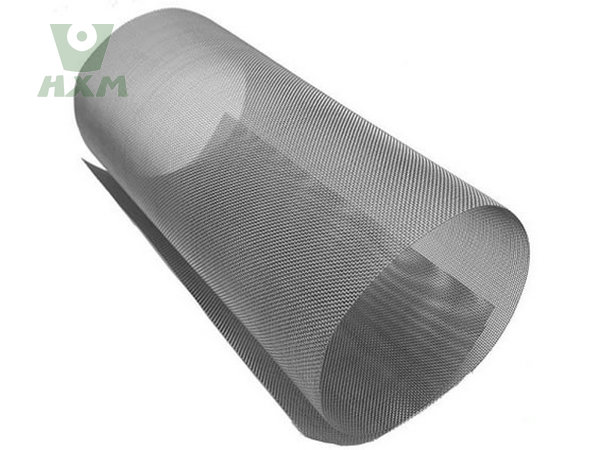
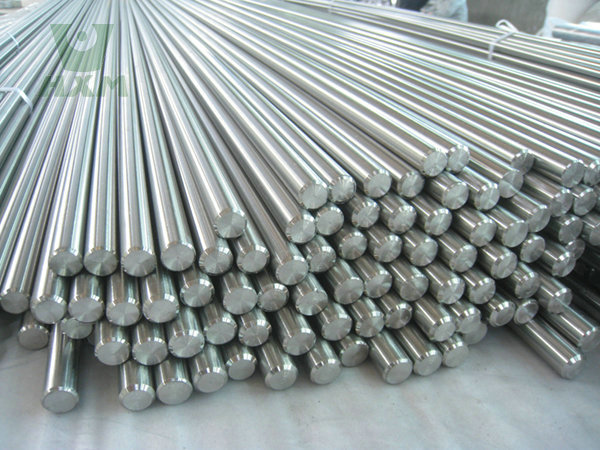
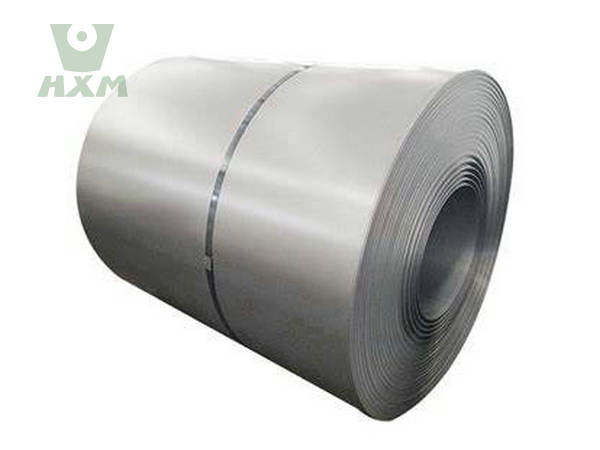
Alpha Beta Titanium Alloy Mechanical Properties
| Property | Value/Description |
|---|---|
| Tensile Strength | 800-1200 MPa (varies by alloy) |
| Yield Strength | 700-1100 MPa (varies by alloy) |
| Elongation | 10-25% (varies by alloy) |
| Hardness | 250-350 HV (Vickers hardness) |
| Fatigue Strength | Excellent fatigue resistance, especially in high-cycle fatigue applications. |
| Fracture Toughness | High fracture toughness, making it resistant to crack propagation. |
Huaxiao Metal Supplier provides the products for sale and the price is affordable, the services is good and special for every customers. The mechanical properties of alpha-beta titanium alloys are directly influenced by their microstructure:
Tensile Strength: Typically ranges from 800 MPa to 1200 MPa.
Yield Strength: Generally between 700 MPa and 1100 MPa.
Elongation: Varies from 10% to 20%, depending on the heat treatment and processing.
Fatigue Resistance: Excellent fatigue resistance due to the fine-grained structure.
Fracture Toughness: High fracture toughness, making it resistant to crack propagation.
Alpha Beta Titanium Alloy Electrical Properties
| Property | Value/Description |
|---|---|
| Electrical Resistivity | 0.42-0.55 µΩ·m (varies by alloy) |
| Conductivity | Low electrical conductivity compared to metals like copper and aluminum. |
| Superconductivity | Some titanium alloys exhibit superconductivity at very low temperatures. |
Alpha Beta Titanium Alloy Thermal Properties
| Property | Value/Description |
|---|---|
| Thermal Conductivity | 7.2-11.4 W/m·K (varies by alloy) |
| Thermal Expansion Coefficient | 8.6-9.7 µm/m·K (20-100°C) |
| Specific Heat Capacity | 0.52-0.54 J/g·K (varies by alloy) |
| Thermal Stability | Excellent thermal stability, maintaining properties at high temperatures. |
Chemical Properties
| Property | Value/Description |
|---|---|
| Corrosion Resistance | Exceptional resistance to corrosion in a wide range of environments, including seawater, chlorides, and acids. |
| Oxidation Resistance | Forms a stable, protective oxide layer (TiO₂) that prevents further oxidation. |
| Reactivity | Highly reactive with oxygen at high temperatures, but the oxide layer provides protection. |
| Biocompatibility | Excellent biocompatibility, making it suitable for medical implants. |
| Chemical Compatibility | Resistant to many chemicals, including nitric acid, sulfuric acid, and organic acids. |
Melting Temperature of Pure Titanium Degrees
Pure titanium has a melting point of approximately 1668°C (3034°F). This high melting temperature is one of the reasons titanium is suitable for high-temperature applications. Huaxiao Metal Supplier provides the products for sale and the price is affordable, the services is good and special for every customers.
Melting Temperature of Titanium Alloys
The melting temperature of titanium alloys generally ranges between 1600°C and 1700°C (2912°F to 3092°F), depending on the alloying elements and their concentrations. Below is a table summarizing the melting temperatures of some common titanium alloys:
| Alloy Name | Primary Alloying Elements | Melting Temperature (°C) | Melting Temperature (°F) |
|---|---|---|---|
| Ti-6Al-4V (Grade 5) | Aluminum (6%), Vanadium (4%) | 1604-1660 | 2919-3020 |
| Ti-6Al-2Sn-4Zr-2Mo | Aluminum (6%), Tin (2%), Zirconium (4%), Molybdenum (2%) | 1650-1700 | 3002-3092 |
| Ti-3Al-2.5V (Grade 9) | Aluminum (3%), Vanadium (2.5%) | 1600-1650 | 2912-3002 |
| Ti-10V-2Fe-3Al | Vanadium (10%), Iron (2%), Aluminum (3%) | 1600-1650 | 2912-3002 |
| Ti-15V-3Cr-3Sn-3Al | Vanadium (15%), Chromium (3%), Tin (3%), Aluminum (3%) | 1600-1650 | 2912-3002 |
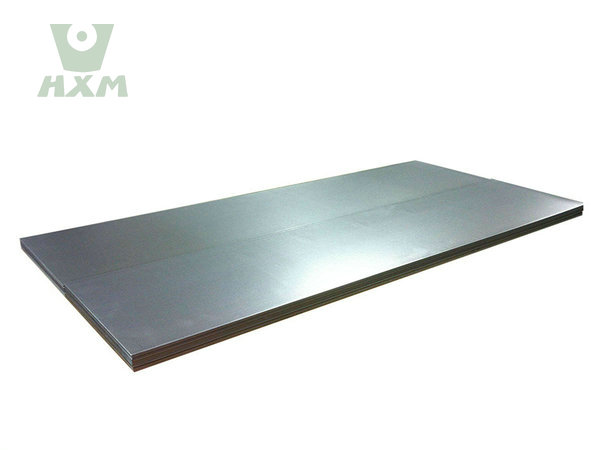
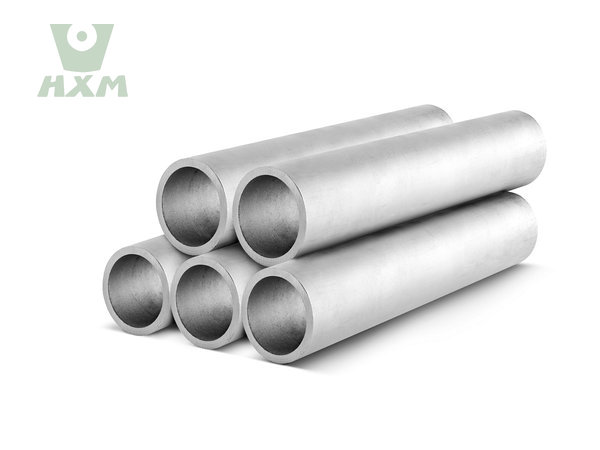
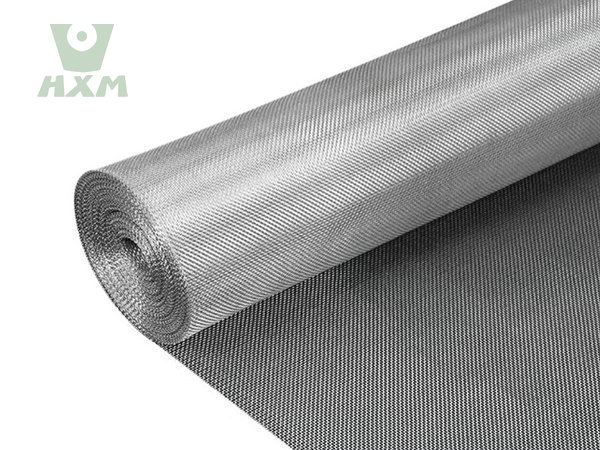
What is Alpha-Beta Titanium?
Factors Influencing Microstructure
- Composition: Ratio of α-stabilizing (Al) vs. β-stabilizing (V) elements.
- Heat Treatment:Beta annealing: Converts α to β for superplasticity.Solution treating + aging: Precipitates secondary phases (e.g., TiC, TiN) for strength.
- Mechanical Working: Rolling, forging, or welding can refine grains or induce phase transformations.
- The microstructure of α/β titanium alloys is a strategic blend of α and β phases, optimized through alloy design and processing to achieve a balance of strength, ductility, and performance for demanding applications.
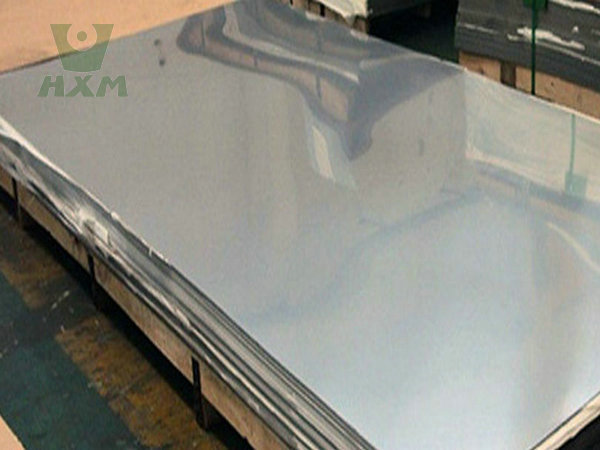
Challenges and Considerations
Huaxiao Metal Supplier provides the products for sale and the price is affordable, the services is good and special for every customers.
Cost: High material and processing costs compared to other metals.
Manufacturing Complexity: Requires precise control of heat treatment and processing conditions.
Oxidation: Susceptible to oxidation at high temperatures, necessitating protective coatings or controlled atmospheres.
Additive Manufacturing: 3D printing techniques are being used to create complex components with optimized microstructures.
Advanced Alloy Development: Research is ongoing to develop new alpha-beta titanium alloys with improved properties and reduced costs.
Sustainability: Efforts are being made to recycle titanium scrap and reduce the environmental impact of titanium production.
Advantages of Alpha-Beta Titanium Alloys
Characteristics of Alpha-Beta Microstructure
Huaxiao Metal Supplier provides the products for sale and the price is affordable, the services is good and special for every customers.
Dual-Phase Structure: The combination of alpha and beta phases provides a balance of strength, ductility, and toughness.
Grain Size: Fine-grained microstructures offer better mechanical properties compared to coarse-grained structures.
Phase Distribution: Uniform distribution of alpha and beta phases ensures consistent performance.
Thermal Stability: The alpha phase provides stability at high temperatures, while the beta phase contributes to room-temperature strength.
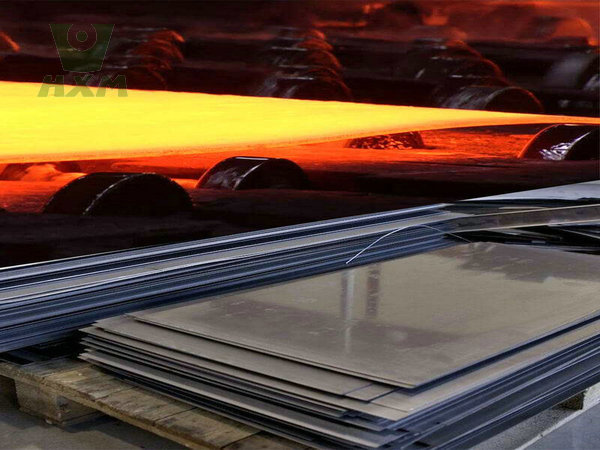
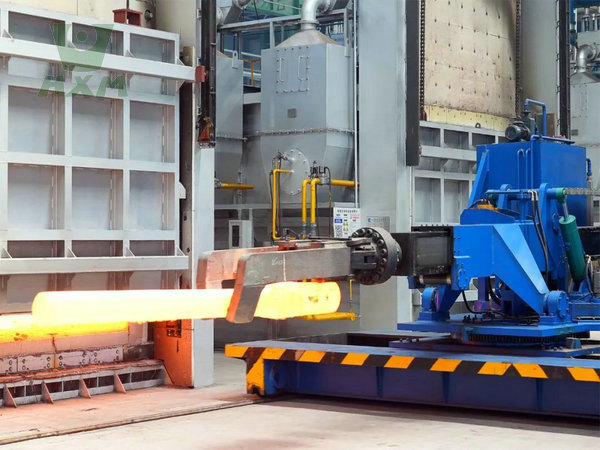

Future Trends
Huaxiao Metal Supplier provides the products for sale and the price is affordable, the services is good and special for every customers. Research is ongoing to develop titanium alloys with optimized melting temperatures and improved properties:
Additive Manufacturing: 3D printing techniques are being used to create complex titanium components with controlled microstructures.
Low-Cost Alloys: Efforts are being made to reduce the cost of titanium alloys by using alternative alloying elements and processing methods.
High-Temperature Alloys: New alloys are being developed for use in extreme environments, such as hypersonic aircraft and advanced nuclear reactors.
Applications of Alpha-Beta Titanium Alloys
Huaxiao Metal Supplier provides the products for sale and the price is affordable, the services is good and special for every customers. The unique microstructure of alpha-beta titanium alloys makes them suitable for a wide range of applications:
Aerospace: Used in jet engines, airframes, and landing gears due to their high strength-to-weight ratio and thermal stability.
Medical: Ideal for implants and surgical tools because of their biocompatibility and corrosion resistance.
Automotive: Lightweight components such as connecting rods and exhaust systems.
Marine: Used in shipbuilding and offshore structures for their resistance to seawater corrosion.
Chemical Processing: Equipment exposed to corrosive environments, such as reactors and heat exchangers.

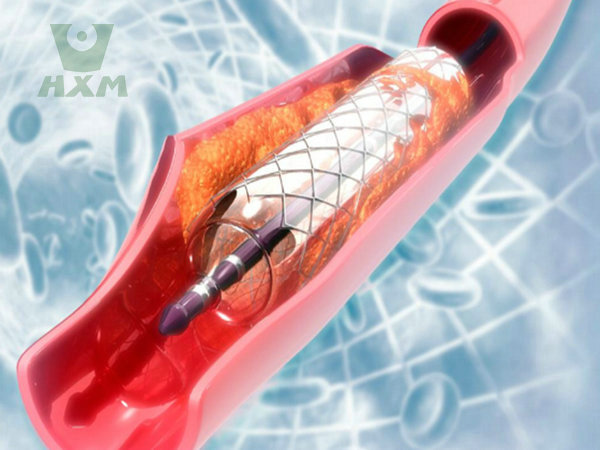

In Conclusion
Huaxiao Metal Supplier provides the products for sale and the price is affordable, the services is good and special for every customers. The alpha-beta microstructure of titanium alloys is a key factor in their exceptional performance, offering a balance of strength, ductility, and thermal stability. This unique combination of properties makes alpha-beta titanium alloys indispensable in industries such as aerospace, medical, and automotive. By understanding the microstructure and its influence on material behavior, engineers and designers can optimize the use of these alloys for specific applications, ensuring superior performance and reliability. Alpha-beta titanium alloys are a combination of alpha-phase and beta-phase microstructures.
They are engineered to achieve a balance between the high-temperature stability of alpha-phase alloys and the room-temperature strength of beta-phase alloys. Common examples include Ti-6Al-4V (Grade 5), which is the most widely used titanium alloy.Alpha Beta Titanium Alloys exhibit a unique combination of silvery-gray color, high strength, low density, excellent corrosion resistance, and biocompatibility. Their mechanical, electrical, thermal, and chemical properties make them versatile materials for a wide range of demanding applications. Understanding these properties is crucial for selecting the right titanium alloy for specific industrial needs. Huaxiao Metal Supplier has the good services and solutions about alloy providing every customers for customerized service and solutions around the world.

